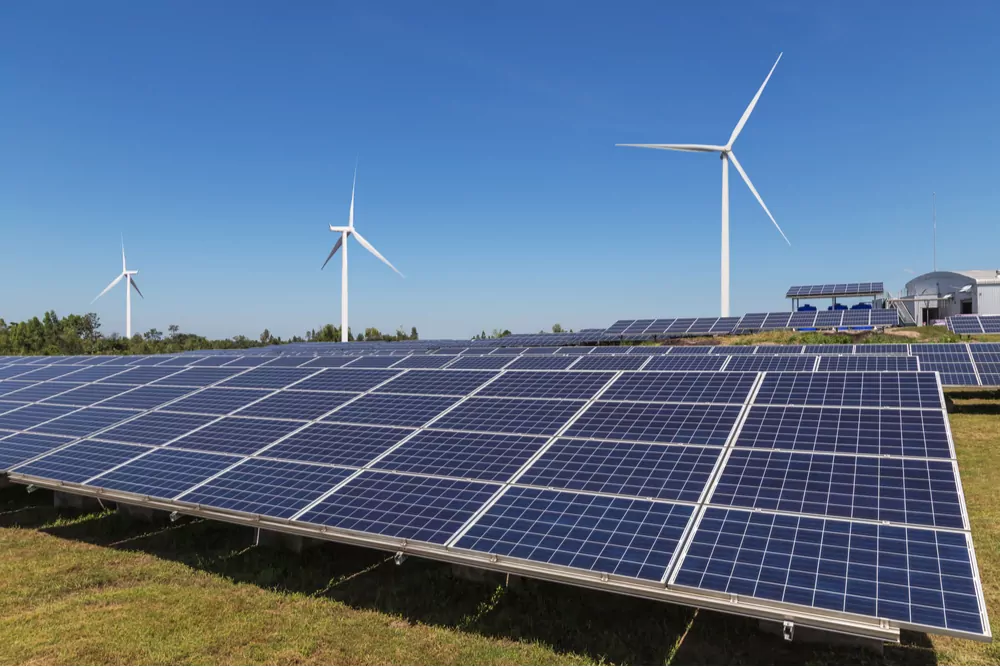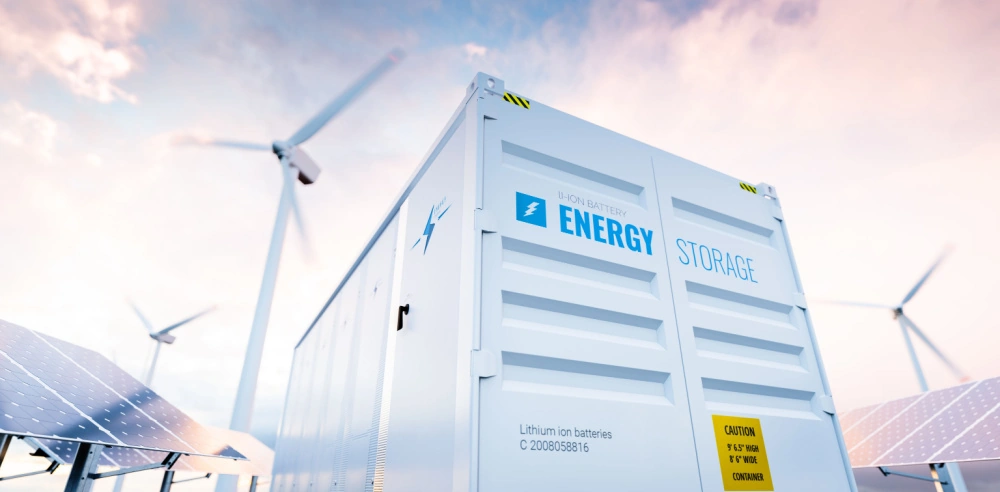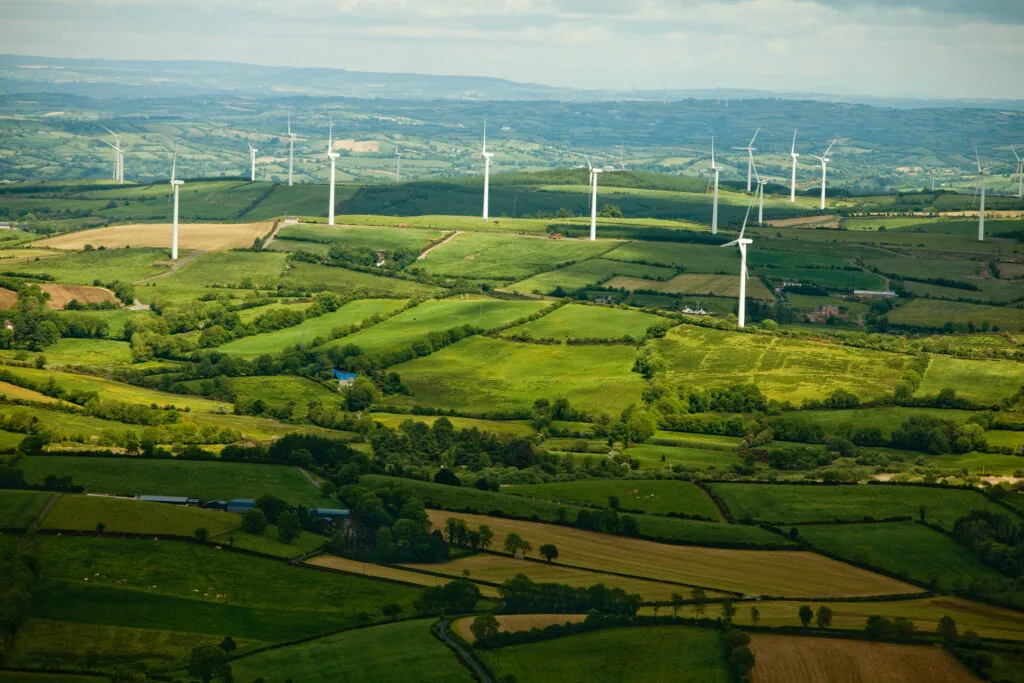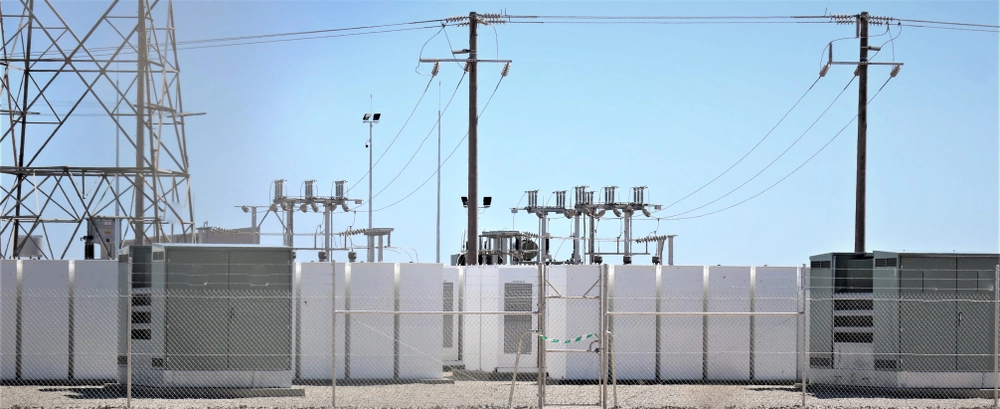
Building UK Port Infrastructure to unlock the floating wind opportunity

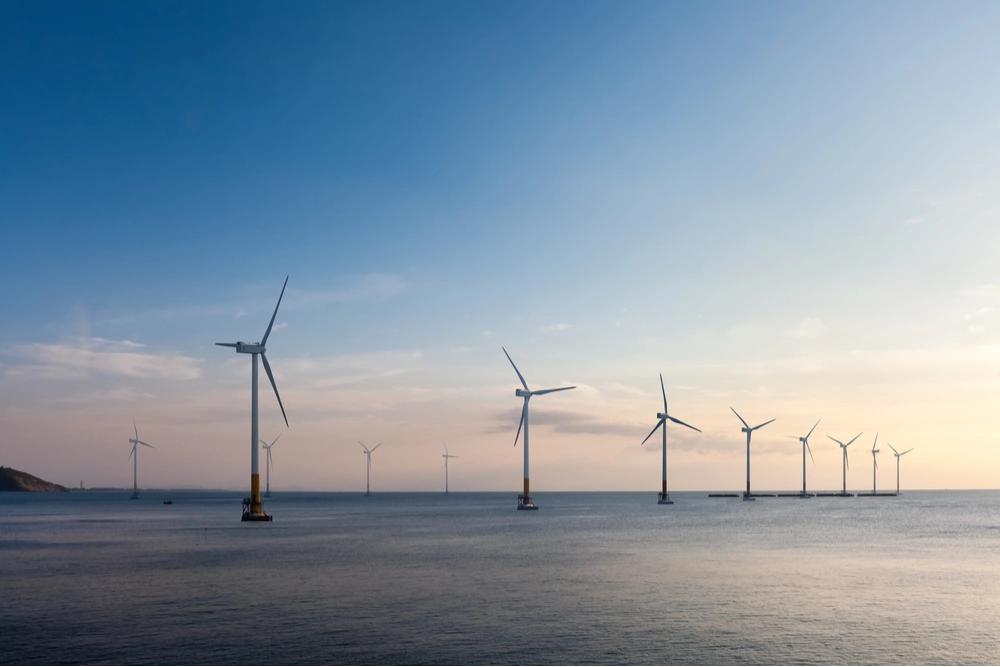
March 2023 has provided two important pieces of news in the ports sector and floating offshore wind sector:
- On 30 March 2023 the UK Government published the long awaited Floating Offshore Wind Manufacturing Investment Scheme (FLOWMIS). The Scheme is open to Applications until 23:59 (UK BST) Sunday 25 June 2023 . The Floating Offshore Wind Manufacturing Investment Scheme supports the delivery of port infrastructure to facilitate floating offshore wind. Up to £160 million in grant funding is to be made available.
- On 15 March 2023 the UK Governments FLOW Task Force recently published its FLOW Industry Roadmap 2040. This looks at the requirements for Building UK Port Infrastructure to Unlock the Floating Wind Opportunity.
Foot Anstey's port and energy team have taken a look at the two publications in terms of the detail and impact on UK ports, which is likely to be very significant in the coming years.
Floating Offshore Wind Manufacturing Investment Scheme (FLOWMIS)
The British Energy Security Strategy announced the UK ambition to deliver up to 50GW of offshore wind by 2030, including up to 5GW of floating offshore wind. The Department for Energy Security and Net Zero (“DESNZ”) anticipates further rapid expansion of the floating offshore wind sector through the 2030s and beyond.
But the UK needs more investment to facilitate capacity and capability to deploy and service the scale of the floating offshore wind pipeline and meet its offshore wind ambitions. In particular, the UK needs port facilities combining a substantial depth of water with heavy-lift capacity and extensive quayside space. This scheme is open to UK maritime ports and eligible capital investment expenditure is set out in the guidance:
- The construction, replacement or upgrade of port infrastructure.
- The construction, replacement or upgrade of access infrastructure.
- Dredging.
The guidance asks for a detailed breakdown of business case, key personnel, financial, planning and consent documentation and legal opinion verifying the compliance of an Applicant’s Project with the prevailing subsidy control rules and other key legal requirements.
The announcement of the Scheme has been met with welcome arms as it will certainly help to kickstart some of the work needed but considerable further investment is needed. The Floating Offshore Wind Taskforce, led by RenewableUK, has identified the need for £4 billion of investment by the end of the decade to ensure that ports are ready for the mass deployment of floating wind, which would bring jobs and growth to coastal communities as we build up new supply chains. Richard Ballantyne, Chief Executive of British Ports Association has also commented that alongside this there also needs to be resource and improvements to the port planning and consenting processes.
Up to £160 million in grant funding will be made available. DESNZ expects the amount of Scheme funding requested by Applicants to be an accurate representation of the public funding requirement for the Project, and the minimum necessary to enable the Project to proceed and deliver the best value for money for the UK taxpayer.
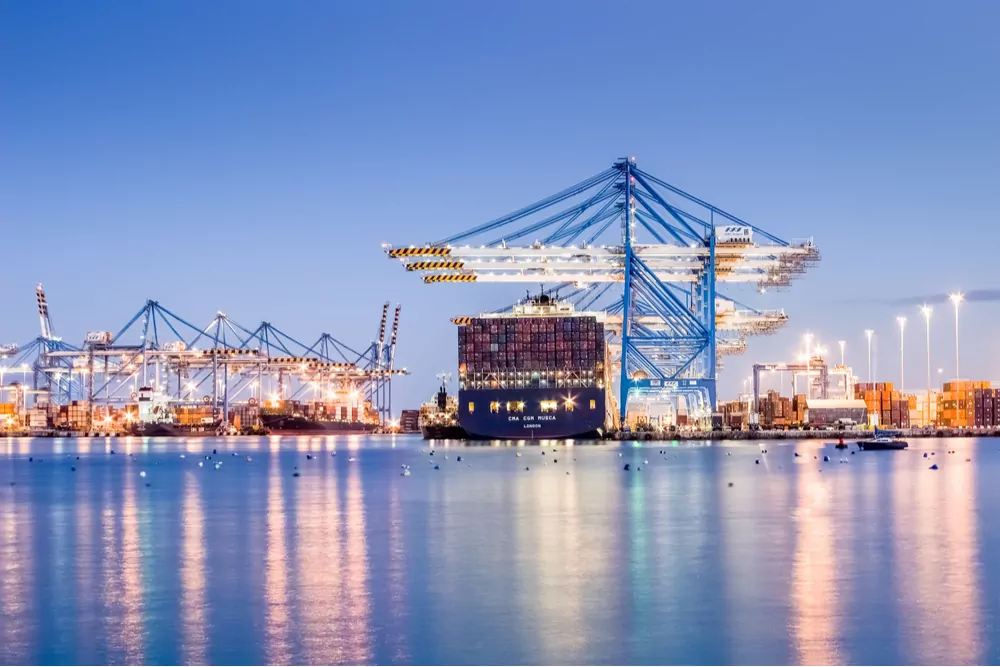
FLOW Industry Roadmap 2040
The Floating Wind Offshore Wind Taskforce says up to 11 ports around the UK will need to be transformed as soon as possible into new industrial hubs to enable the roll-out of floating offshore wind at scale. The time to act is now though, especially when the years of initial deployment (2027 – 2029) need to serve as period of proving the feasibility of industrialised scale deployment. Those highlighted ports include Bristol, Falmouth, Pembroke Docks, Port Talbot, Port of Holyhead and Portland, along with other locations in Northern Ireland and the East Coast of the UK.
The report contains a series of recommendations which could see 34 gigawatts (GW) of floating wind installed in UK waters by 2040 if the Government takes swift and decisive action. At present Ministers have set a target of 5GW of floating offshore wind installed by 2030.
The report notes that implementing the recommendations required to reach 34GW of floating wind by 2040 will generate £26.6 billion in additional GVA (total economic activity) in the UK, which in today’s value is about £18bn. Simply put for every £1 invested in port facilities to support the FLOW sector the UK would generate approximately £3.4 to £4.3 of added value to the economy. By 2040, the FLOW sector will support a total of 45,000 jobs across the UK, with about 35% representing employment in FLOW.
Alongside the report, the Government has also consulted on revisions to National Policy Statements including the NPS for ports which will include a thorough examination of the modelling and forecasts that support the statement of need for development, and the environmental, safety, resilience and local community considerations that planning decisions must take into account. Further, the revised draft NPSs for energy seek to clarify that offshore wind is now a critical national priority, including the related onshore and offshore network infrastructure together with the need to cut the process time for planning consenting in order to deliver 50GW of offshore wind including 5GW of floating wind. This coincides with the Welsh Government granting the first offshore floating wind consent for the construction of 7 x 14MW floating offshore wind turbines, known as the Erebus project, being the first phase of a 5GW development proposal in the Celtic Sea.
Key contacts
For further information please contact our experts on the details below



